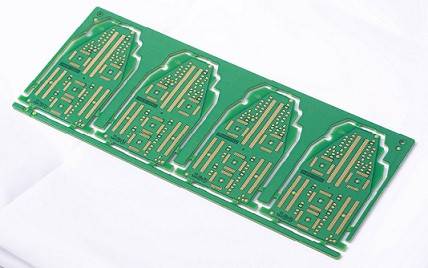Types of PCB Failure analysis test
1.Micro-Sectioning Analysis
Micro-sectioning also know has cross-sectioning or metallographic preparations are used for PCB testing.
Thermo-mechanical failures
Component Defects
Opens or shorts
Processing failure due to solder reflow
Raw material evaluations
2.Solderability Testing
Solderability test work for a variety of applications and quality standards
PCB Coating Evaluation
Solder Evaluation
Flux Evaluation
Benchmarking
Quality control
The PCB failure analyst should have the experience to differentiate the various conditions and understand the requirements of the testing technique
3.PCB Contamination Testing
Contaminations can be the reason for part failure including degradation metallization Processing of printed circuit boards is taken place in an extremely clean environment designed to keep the component from contamination to be processed and assembly without part failure.
Copper etching liquid
Hot air leveling fluxes
Electrolytic solutions
Water-soluble soldering
4.Optical Microscopy/SEM
Optical Microscopy may be one of the most popular testing methods many customers choose optical microscopy because of its speed and accuracy to detect faults and problems associated with soldering and assembly. The process of optical Microscopy uses a high power microscope with visible light this microscope can reach up to 1000X, has small depth field and shows features in a single plane.




